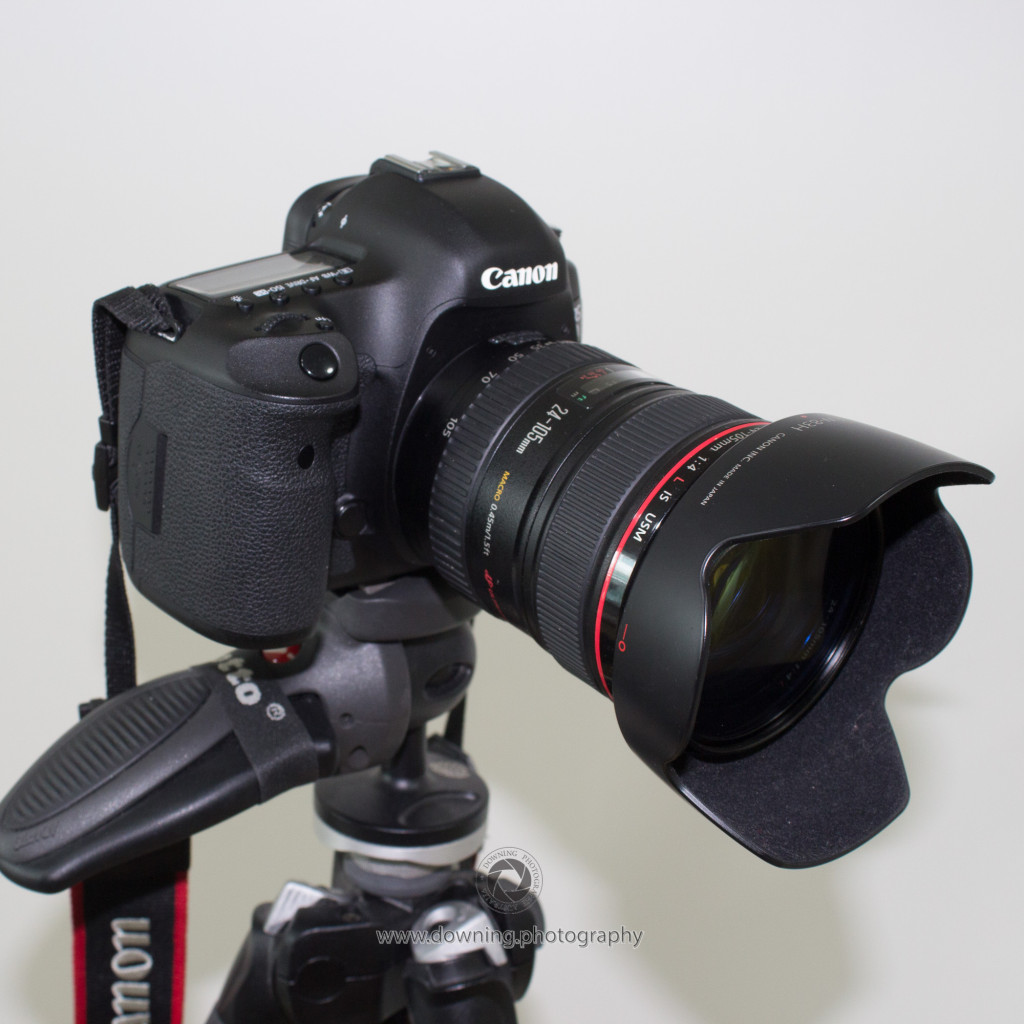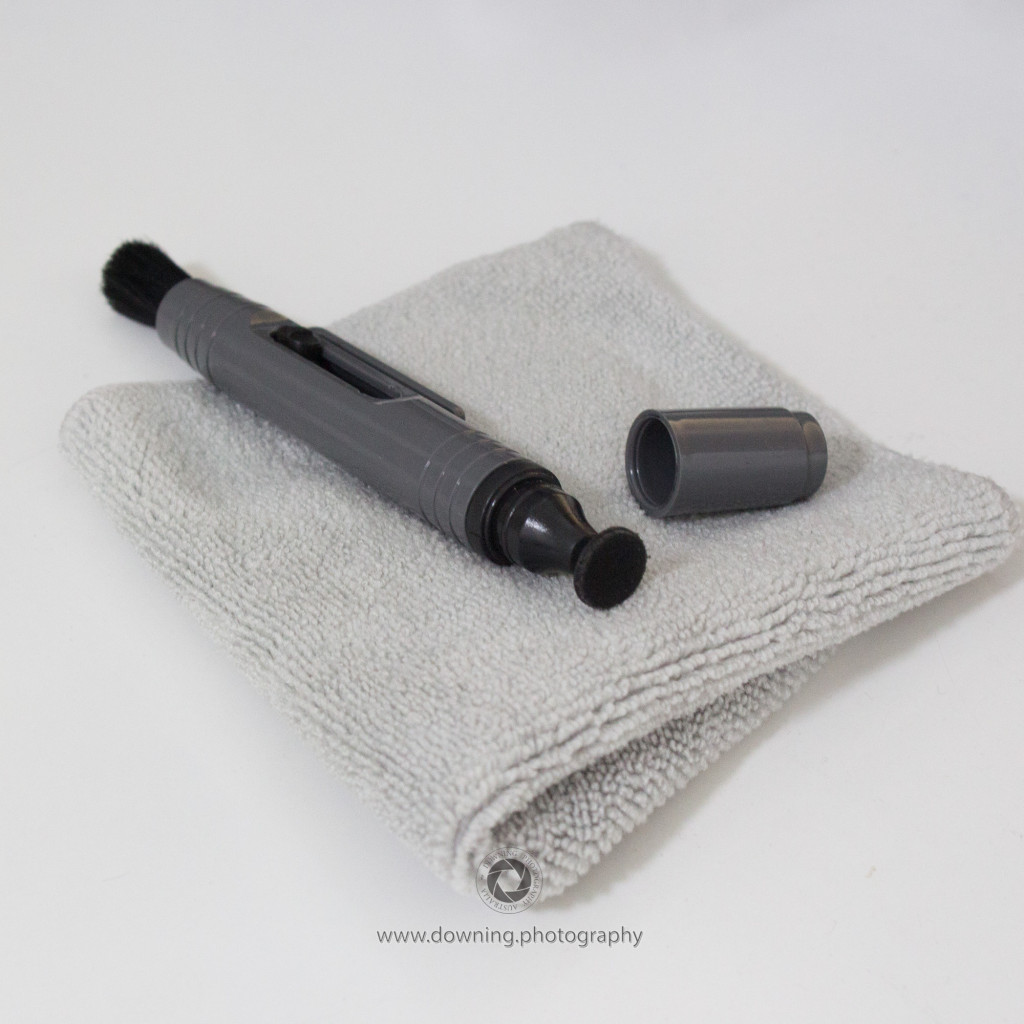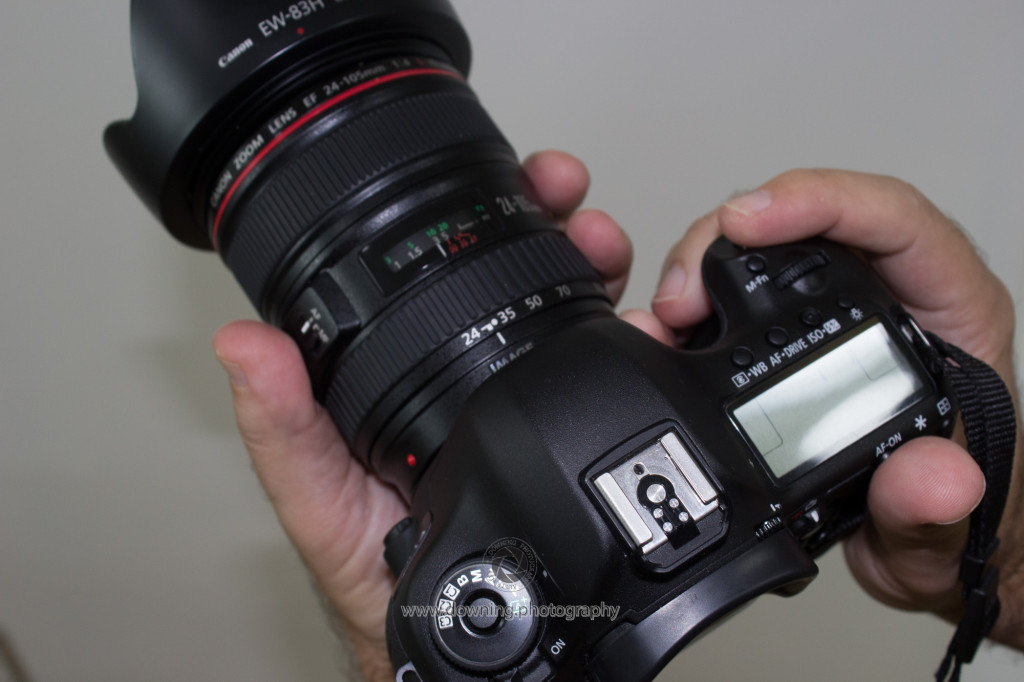This page is for anyone who would like to get better results with their new DSLR. Even if you have been shooting for a while, you may be surprised by some of these tips.
Credit and thanks to Steve Fraser for sharing his expertise and giving me a massive leg up when I needed it.
1. Hold the camera steady with two hands.
This may sound obvious, but it is not just having two hands on the camera that matters. Your right hand should be positioned such that it is comfortably shaped around the grip and your index finger is in a relaxed position over the trigger. Your left hand should be cupped and supporting the lens from underneath. This hand takes most of the weight, and again it should be relaxed except for your thumb and forefinger which may be adjusting the zoom or focus. If you are using the camera sideways (portrait), then the grip/trigger hand should always be at the top with the lens/support hand still underneath.
2. Use a tripod.
This is especially true if you are outdoors and you’re looking for that killer landscape shot. By using a tripod and a remote shutter release, you are eliminating a common cause of ‘shake’ which is your trigger finger. Remember that camera shake is most evident at maximum zoom and/or long range (eg landscape). In addition to using a tripod and shutter release, consider using a ball-head tripod mount. This may not improve your shots, but will be far easier to adjust and manage that the old “3-handled monster” (thanks Steve). Put a quick release plate on your camera to make attachment and removal easier. This will overcome most laziness.

3. Keep your lens clean.
Again, fairly straight forward but often ignored. If you want great results then you need to invest just a little time loving your equipment. That means keeping the lens cap on (you do have one don’t you?), and the lens free from contaminants. A relatively cheap lens filter (about $50) will further protect your investment and make cleaning easier since they are completely flat and round which your lens may not. For the actual job of cleaning, I use a lens pen. Again these are inexpensive (many shops give them away with a purchase) and are very easy to use. One end for removing thin film contaminants, and the other end is a brush to remove the larger stuff.
Also keep a lint-free or microfibre cloth in your bag. This is a good backup and can also be used for removing spots of rain from the body and lens of your camera.

4. Think about the composition.
Make sure that your subject (want you want people to notice first) is front and centre. Don’t leave people wondering what on earth you were taking the picture of. Good use of zoom, positioning of objects, and managing the depth of field will all help here.
5. People don’t say cheese.
This tip is a reminder that sometimes the best photos of people are allowing them to be themselves and candid. Unless it is a group shot of some sort (where everyone looking in the same direction really does work), requiring people to “look at the camera and say cheese” does not always achieve the best result.
6. Take control of your settings.
This doesn’t mean turning off auto and trying to fly solo, but it does mean understanding the settings (and in particular the shooting modes) of your camera. If it has a ‘sports’ mode, how does this work for you? My experience is that some of the ‘creative modes’ (as Canon calls them) do not seem to do what you might like in a lot of situations. My best results always come with I determine my camera’s sensitivity (ISO speed), and whether I want to use a flash or not. There are other pages on these topics.
If you have any comments on this article or suggestions for future articles, then please use the Contact page to send a request to the author.
Tim Downing, 6 May 2015.

